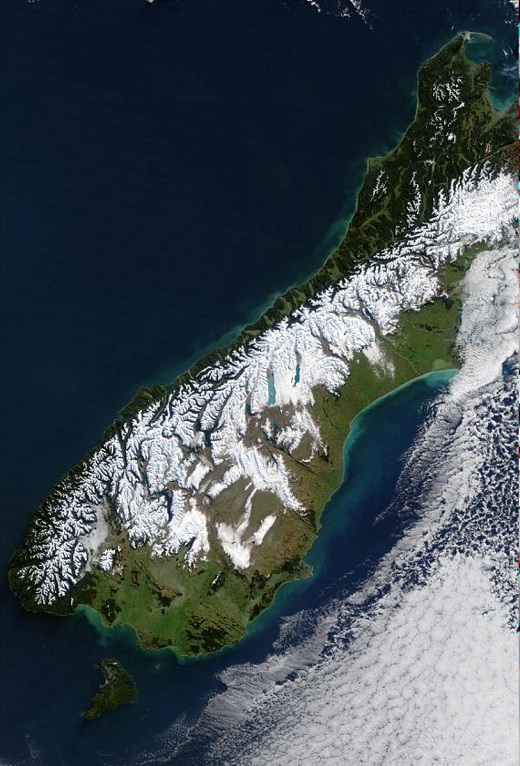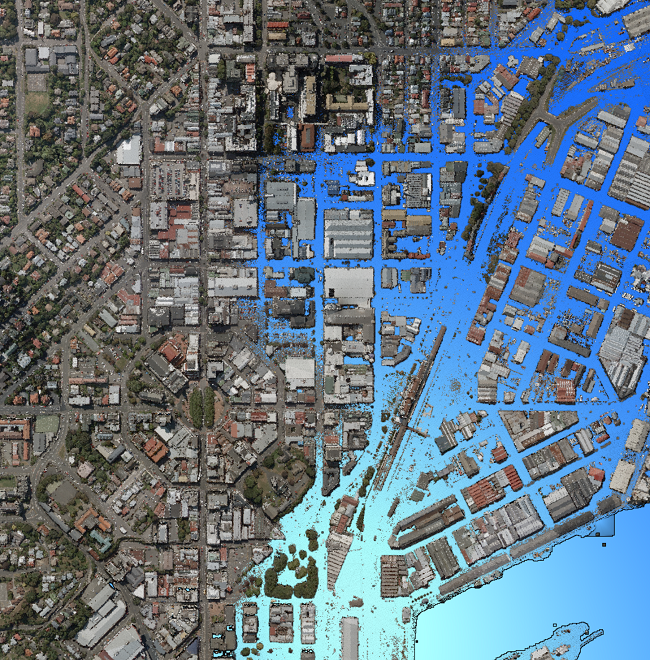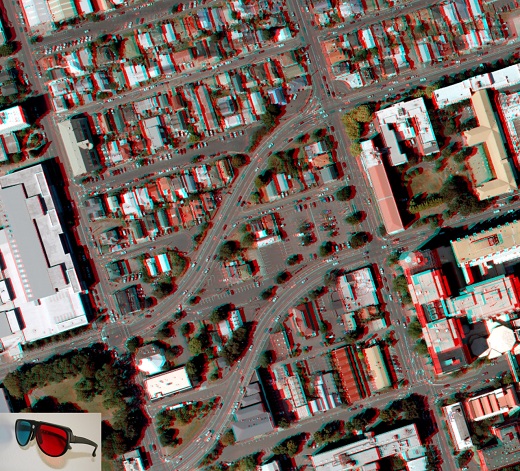Research in Geospatial Science at the School covers the fields of Geographical Information Systems (GIS), Remote Sensing, and Photogrammetry. Research projects feature both theoretical and applied approaches.
Geographical Information Systems (GIS)
Geographical Information Science (GIS) encompasses the technological and social knowledge and issues relating to spatial data and information. The research expertise in GIS at the School of Surveying covers most major themes in the discipline, including spatial analysis, collaborative GIS, web GIS, cartography, geovisualization, spatial modeling, spatial databases and data structures.
Find out about research involving GIS at the School of Surveying.
Remote sensing

Earth observation from various aerial or spatial sensors is an effective means to monitor earth processes in remote regions.
We conduct research using remote sensing technologies to measure and monitor snow, glaciers and sea ice, as well as other terrestrial applications such as coastal and ecological systems. See examples of current research at the University's Mountain Research Centre.
Find out about research involving remote sensing at the School of Surveying.
Photogrammetry
“Photogrammetry consists of making precise measurements from photographs and other imaging sources to determine the relative locations of points in space”. American Society for Photogrammetry and Remote Sensing (ASPRS).
Photogrammetry is traditionally used to create topographic maps from aerial and spatial imagery. We use cutting-edge photogrammetry techniques to measure snow depth from space and track changes across landscapes.
Find out about research involving photogrammetry at the School of Surveying.

